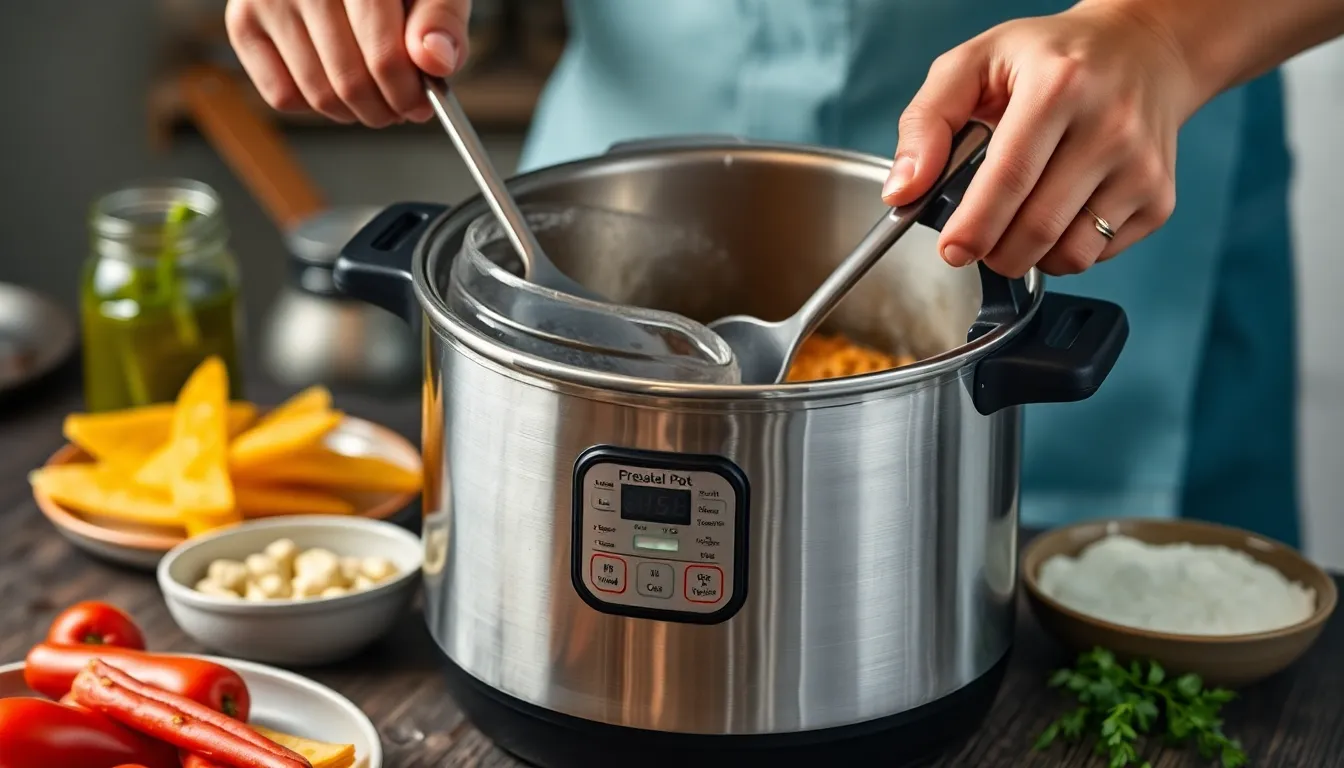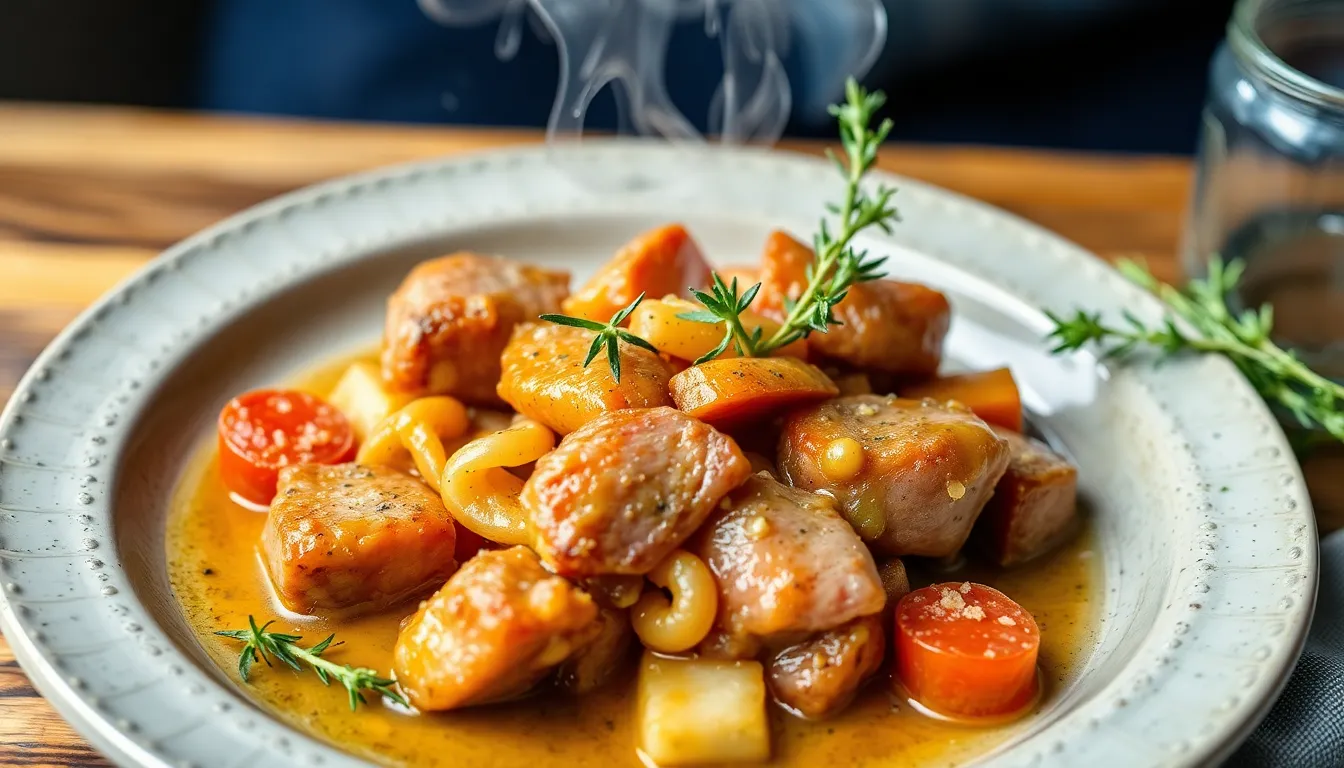The Science Behind Pressure Cooking: How It Works
Did you know that pressure cooking can reduce cooking time by up to 70%? It’s a culinary game-changer that not only saves you time but also enhances the flavor and nutritional value of your meals. If you’ve ever wondered how pressure cooking works and why it’s become such a popular method in modern kitchens, you’re in the right place. Understanding the science of pressure cooking can significantly enhance your culinary skills and allow you to prepare delicious, nutritious meals with ease.
What is Pressure Cooking?
Definition
Pressure cooking is a technique that uses steam under high pressure to cook food quickly and efficiently. By trapping steam in a sealed pot, the pressure increases, allowing the temperature to rise above the normal boiling point of water. This method not only speeds up cooking but also helps to tenderize tough cuts of meat and infuse flavors into your dishes.
History
The concept of pressure cooking dates back to the 17th century when a French physicist named Denis Papin invented the first known pressure cooker, called the “steam digester.” It evolved over the centuries, receiving safety improvements and design changes, leading to the modern stovetop and electric pressure cookers we know today. Over time, pressure cooking has gained popularity in kitchens across the world, becoming a staple for home cooks and professional chefs alike.
The Science of Pressure Cooking
How Pressure Cooking Works
At the core of pressure cooking is the relationship between pressure and temperature. When water boils, it turns into steam, which is less dense than liquid water. In a conventional cooking method, steam can escape into the atmosphere, limiting the temperature to 212°F (100°C). However, in a pressure cooker, steam is trapped, causing the pressure to rise and enabling the water temperature to exceed 212°F. This higher temperature cooks food faster and more thoroughly.
Key Concepts
Boiling Point
One of the most critical elements of pressure cooking is understanding the boiling point of water. As pressure increases, the boiling point of water also rises. For example:
- At 1 atmosphere of pressure (normal pressure), water boils at 212°F (100°C).
- At 15 psi (pounds per square inch), the boiling point can rise to about 250°F (121°C).
This increase in boiling point allows food to cook faster and more efficiently, making pressure cooking a time-saving method.
Steam and Heat Transfer
Steam plays a vital role in cooking food in a pressure cooker. When water turns to steam, it carries heat energy that penetrates food quickly. The steam also helps to maintain moisture, ensuring that the food stays tender while cooking. This efficient heat transfer results in quicker cooking times, making pressure cooking one of the most efficient methods available.
The Benefits of Pressure Cooking
Time Efficiency
One of the most significant benefits of pressure cooking is the reduction in cooking time. Meals that typically take hours to prepare can be ready in a fraction of the time. For instance:
- Beans that take several hours to cook can be ready in 30 minutes.
- A tough cut of meat that requires hours of braising can be tender in less than an hour.
Nutrient Retention
Another advantage of pressure cooking is its ability to retain nutrients. Traditional cooking methods often lead to nutrient loss, especially in vegetables. Because pressure cooking minimizes cooking time and uses less water, it helps preserve vitamins and minerals, making your meals not only quicker but also healthier.
Energy Efficiency
Pressure cooking is also more energy-efficient than many traditional cooking methods. By reducing cooking time and using less heat, pressure cookers consume less energy overall. This efficiency is beneficial for both your kitchen and the environment.
Common Myths About Pressure Cooking
Myth vs. Fact Table
| Myth | Fact |
|---|---|
| Pressure cookers explode | Modern pressure cookers have multiple safety features. |
| Pressure cooking is complicated | It’s easy once you understand the basics! |
| All pressure cookers are the same | Different models have different features and functionalities. |
Tips for Successful Pressure Cooking
Choosing the Right Cookware
When it comes to pressure cooking, choosing the right cookware is essential. There are two main types of pressure cookers:
- Stovetop Pressure Cookers: These cookers reach higher pressures and cook food faster than electric models. They typically require more attention during cooking.
- Electric Pressure Cookers: Often equipped with preset programs, these cookers are convenient and easy to use. However, they usually take longer to reach pressure.
Preparation Techniques
To achieve the best results, proper preparation of ingredients is vital:
- Cut food into uniform pieces for even cooking.
- Soak beans overnight to reduce cooking time.
- Layer ingredients properly; denser foods should go on the bottom.
Safety Tips
Safety is paramount when using a pressure cooker. Here are some essential safety precautions:
- Always ensure the pressure release valve and sealing ring are clean and functioning correctly.
- Never overfill the pressure cooker; follow the manufacturer’s guidelines.
- Wait for the pressure to drop naturally or use the quick release method carefully.
Frequently Asked Questions (FAQs)
Common Questions
Here are some frequently asked questions regarding pressure cooking:
- What can you cook in a pressure cooker? Almost anything! You can cook meats, grains, beans, soups, stews, and even desserts.
- How do you release pressure safely? You can either allow the pressure to release naturally (which can take some time) or use the quick release method by carefully turning the valve to release steam.
- Can you use a pressure cooker for canning? Yes, but it’s essential to use a pressure canner specifically designed for canning to ensure food safety.
Conclusion
In summary, pressure cooking is a fantastic method that not only saves time but also retains nutrients and energy. By understanding the science behind pressure cooking, you can elevate your cooking skills and enjoy delicious meals that are both quick and healthy. With the right techniques and tips, you’ll be well on your way to mastering this essential cooking method. So, grab your pressure cooker and start experimenting with new recipes today!




